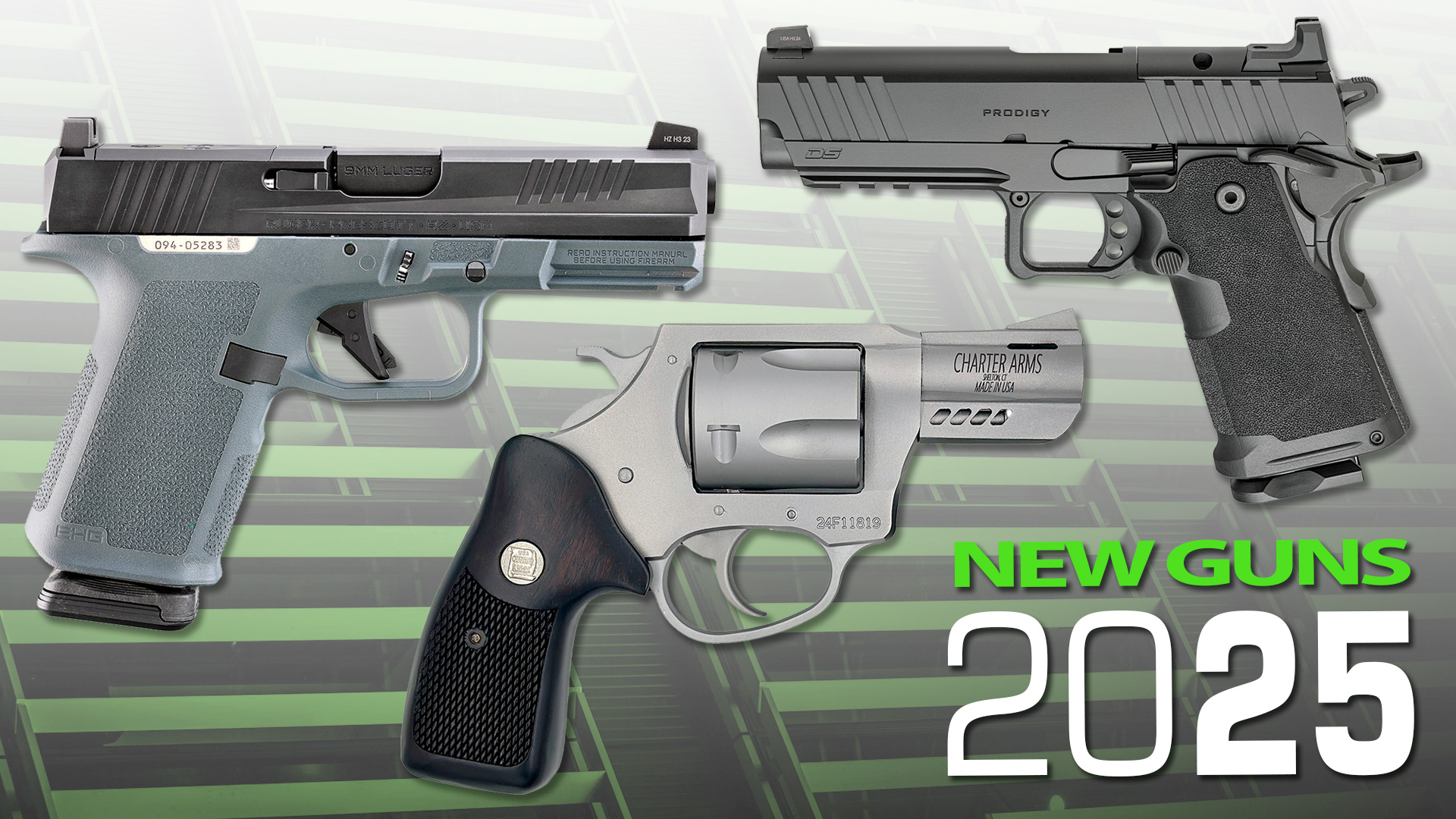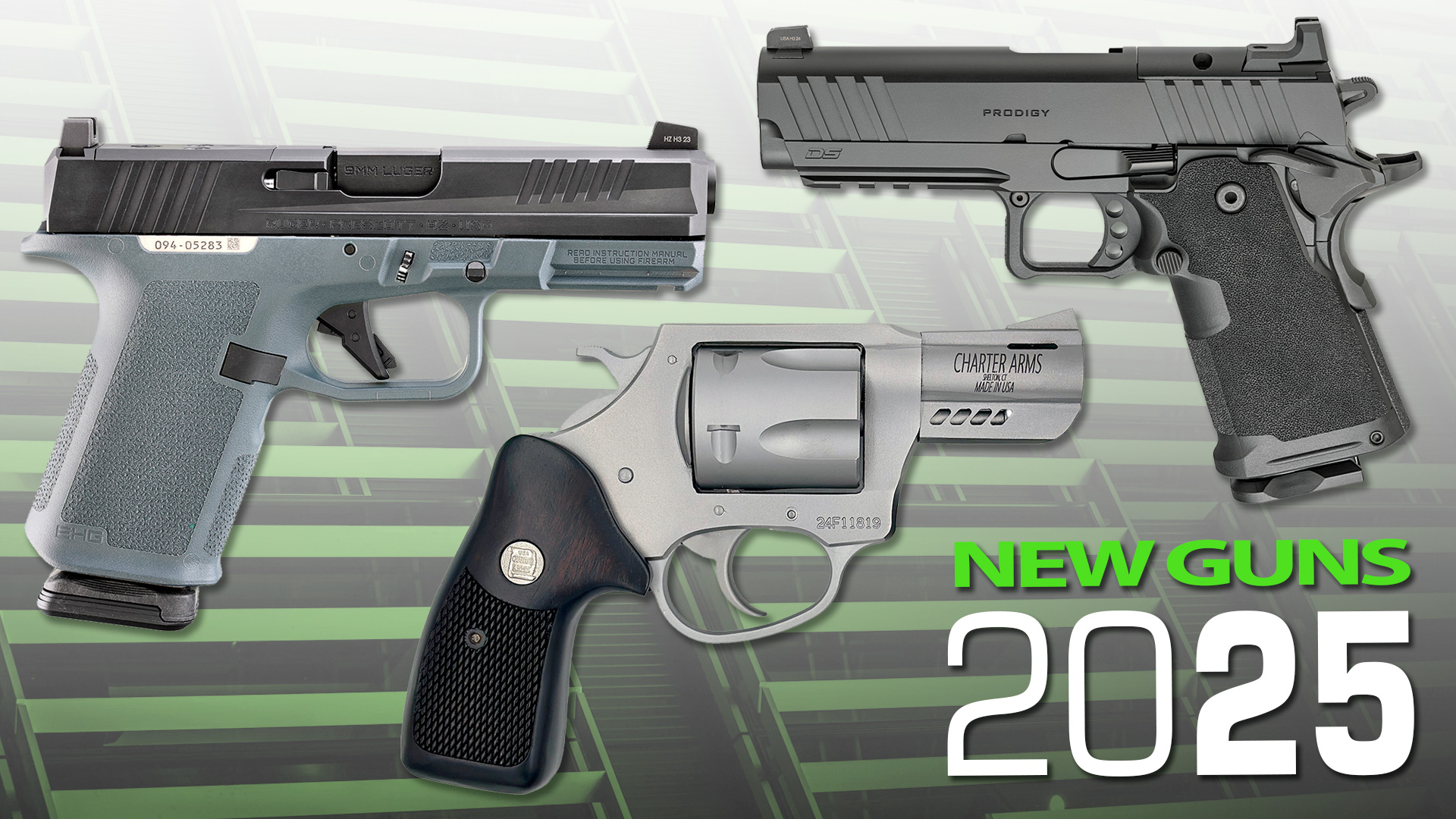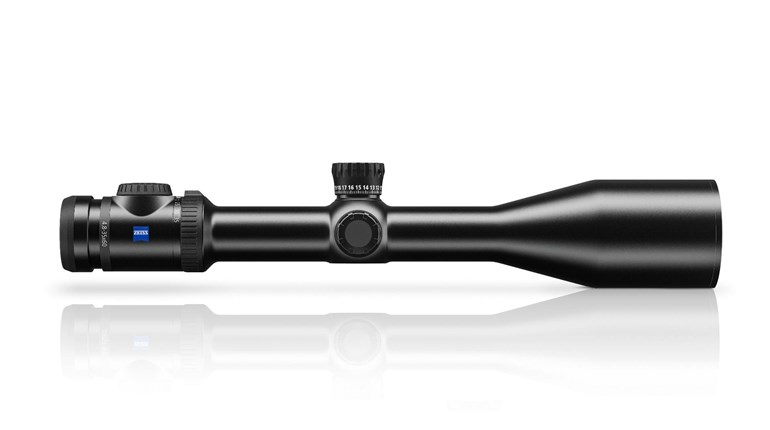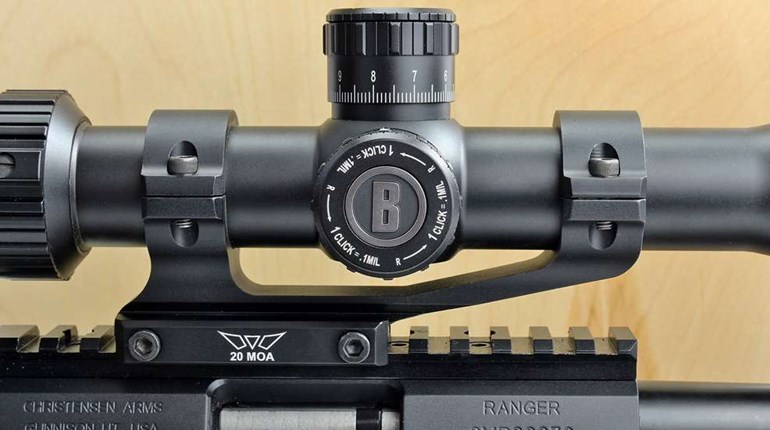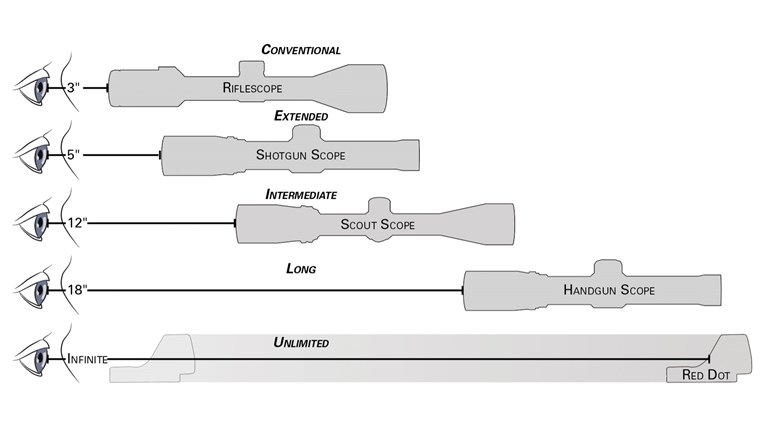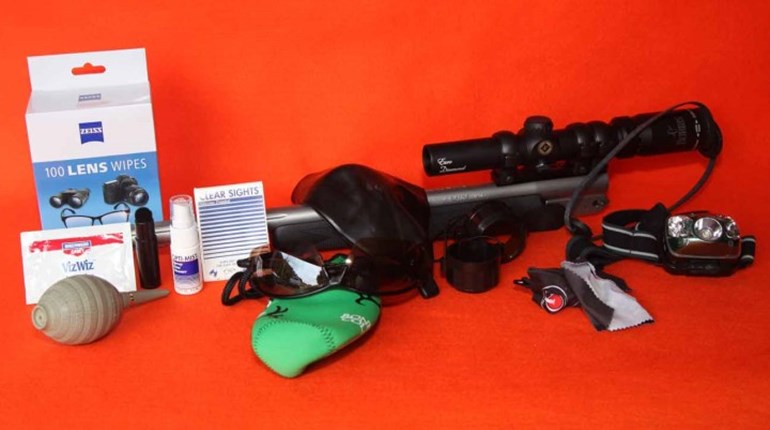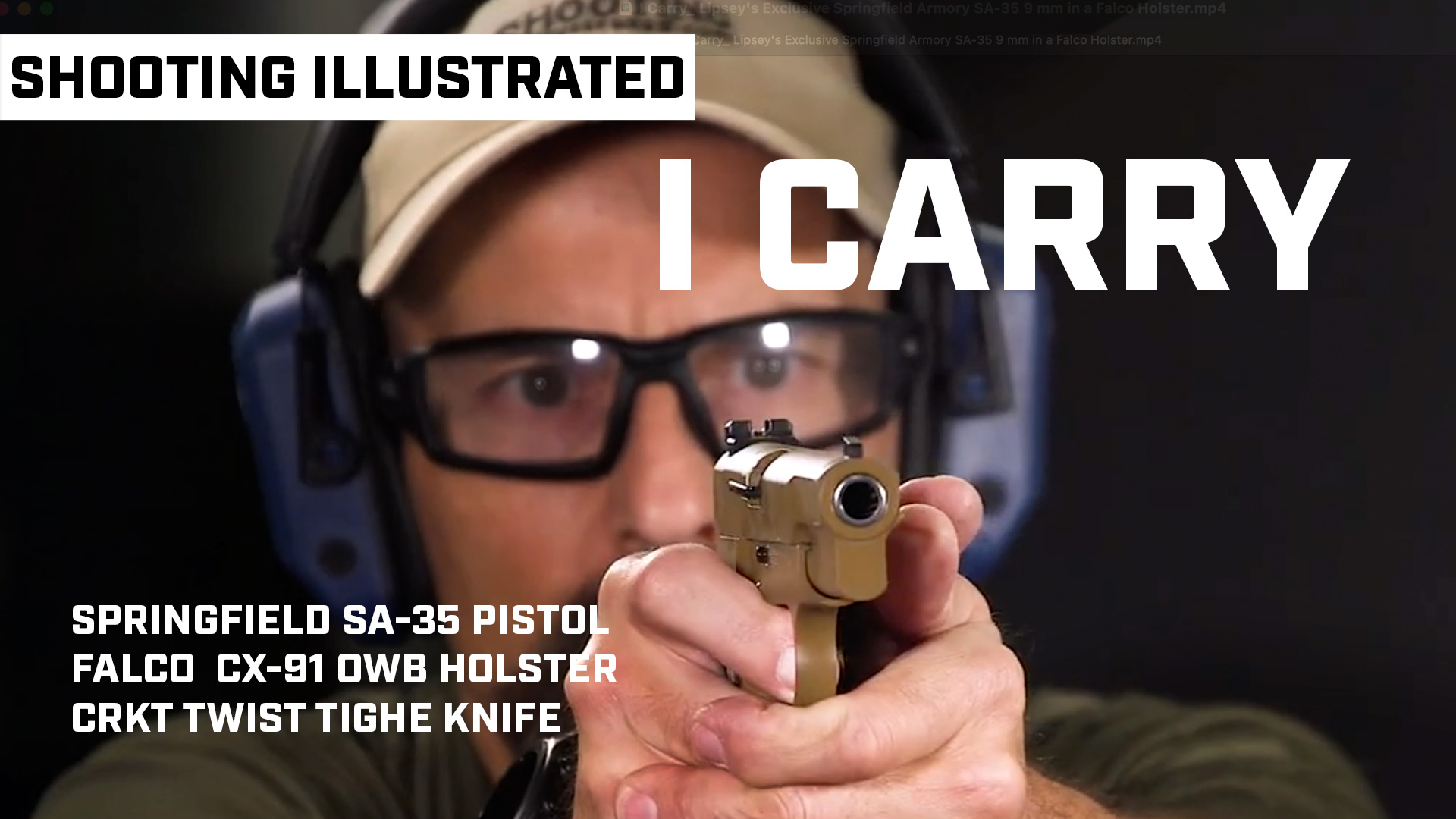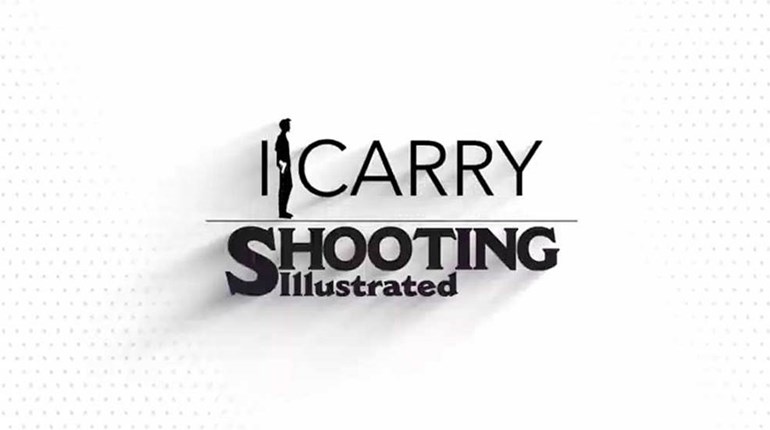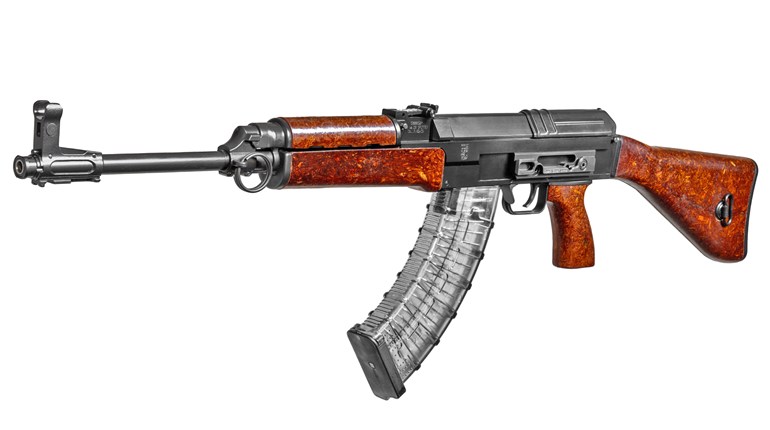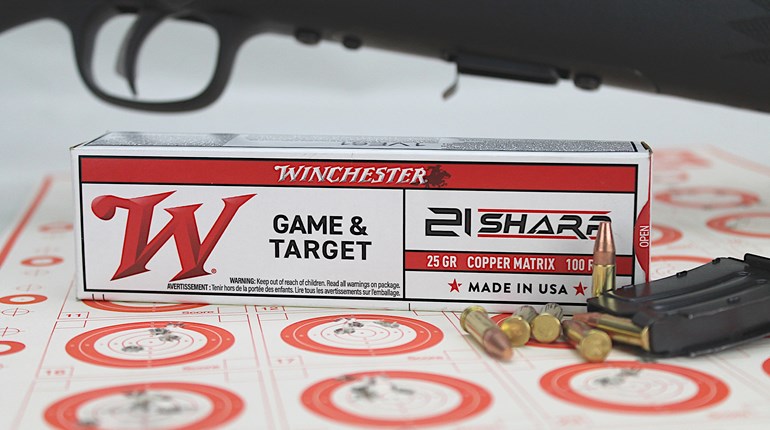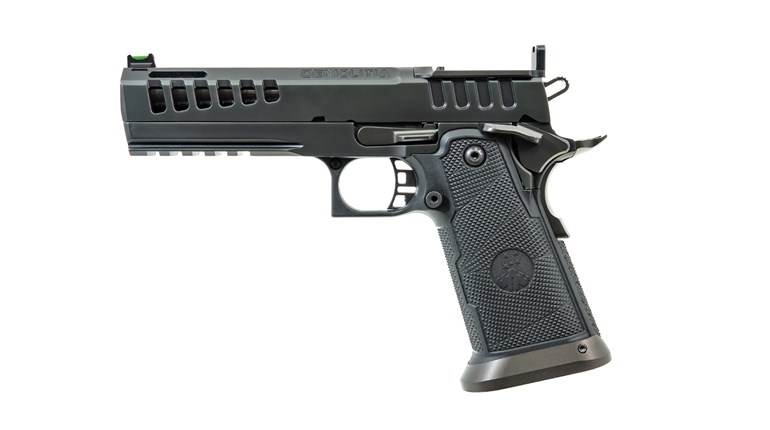
Today’s riflescopes are modern marvels. Engineers somehow cram advanced technology and glass into compact, rugged, combat-proven bodies capable of taking a beating and shrugging off the elements. The performance is undeniable—and shooters look for those features—but what about the reticle, where unflinching reliability is also critical to success?
There’s no shortage of praise for the long-range or CQB virtues of certain reticles and the same’s true of the utility player versions—not quite all-star material, but competent in a wide variety of roles. The dedication of today’s manufacturers shows in the performance, but information on their construction and effect on light transmission is relatively scarce. We reached out to experts to fill in some of those blanks.
The reticle makes its home inside the scope’s tube, hidden somewhere between the objective and ocular lenses. Today, that crosshair—or point-of-aim—is usually wire or etched glass.
“If you just want a simple, easy-to-use reticle without clutter, then a wire-type reticle is what you seek—the least expensive of the reticle options,” Tom Moyle, Leupold & Stevens Gold Ring Project manager explained. Acquisition is fast, but the thicker size covers more of the target. “If you want intricate markings to use for holdover (elevation and windage), range estimating, measuring, then a glass reticle is for you.”
“All Nightforce reticles are [laser] etched on precision multi-coated compound glass,” said Wayne Dayberry, Nightforce Optics marketing specialist. “This ensures exact alignment and eliminates breakage. Other reticle technologies tend to wear and/or lose accuracy over time due to the physical limitations of construction.”
Jon LaCorte, co-founder of Tract Optics, has a different opinion. “There are thoughts that the glass-etched reticle is more durable as there is nothing to break like can happen with a wire reticle,” he explained, “however, service-related issues with reticles would not support this.”
“If there is a glass reticle installed, then yes, a small amount of light transmission could be lost, Moyle said. “If you have a wire reticle installed, then no light transmission will be lost through that portion of the scope.”
Not everyone needs or wants a complicated, first-focal-plane reticle with range estimation. A simple dot is CQB-fast and effective. The duplex design—where point-of-aim is at the intersection the horizontal and vertical lines—remains popular for its simplicity and the stadia lines draw your eyes to the crosshair.
A projectile’s trajectory begins to drop at distance, though, so companies developed versions for bullet-drop compensation, with marks that reflect point-of-impact at known distances under ideal conditions. Leupold’s dedicated 300 Blackout reticle provides holdovers for subsonic loads out to 400 yards and 900 yards with supersonic ammo. Tract’s MRAD reticle allows accurate ranging, but its design isn’t chambering-specific, with .5-milliradian (MRAD) increments that allow shooters to dial into their specific load and barrel length for a wide variety of environmental conditions.


